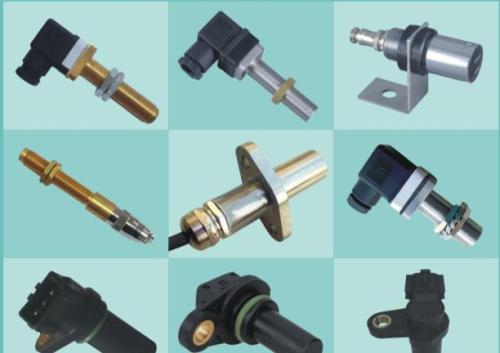In order to enhance the sense of reality in the virtual environment, the real interaction between the user and the virtual content is very important. So far, many researchers have focused on using RGB-d sensors, linear or rotary potentiometers, or IMUs to measure finger movement.
The image sensor or infrared sensor used by Leap Motion or Microsoft HoloLens is a non-contact sensor, so it has the advantage of being easy to use, but they are limited by the self-occlusion of the hand, so they need a specific environment to work properly, including visibility , Lighting conditions.

Motion capture methods based on linear or rotary potentiometers involve some type of wearable mechanism, and this method lacks accuracy because it assigns 1-2 degrees of freedom to each finger and assumes that there is a gap between the finger and the measured value Linear relationship. Some people use rotary potentiometers at the joints of the exoskeleton, but because such mechanical devices cannot cover the working space of the fingers and lack of freedom, they inevitably have shortcomings.
Researchers from the Korea Real-Sense Interactive Human Sensing Solutions Research Center have proposed a novel hand motion capture wearable device that uses a 3D magnetic non-contact sensor to capture the full 4-degree-of-freedom motion of the finger.
Compared with earlier solutions that tried to achieve hand interaction, their device has several advantages: first, it ignores the existence of self-occlusion during motion tracking, because the system reads data from magnetic sensors; second, mechanical devices It completely covers the movement range of the fingers, which can provide accurate finger movement data; third, one of the researchers' design goals is to provide accurate hand interaction methods at low cost. The device uses a simple magnetic position sensor, and the cost of each component is about $1, so the manufacturing cost of the entire mechanical device is expected to be less than $200.
Next, the Korean team developed a physical-based virtual interaction module that can correct the mismatch between the real hand and the virtual hand caused by the lack of tactile feedback. Kim et al. proposed an object-oriented state management using physical particles in 2016, but it mainly controls the posture of virtual objects without considering kinematic hand movement, which may lead to manipulation errors, such as hand penetration. Object. The research team proposed an algorithm that can reconstruct virtual gestures in consideration of physical feasibility and provide multi-sensory feedback to support natural sensory interaction.
2. System descriptionThis exoskeleton is a three-finger mechanical device that provides a total of 12 degrees of freedom. The device of each finger can achieve abduction and adduction with the fingers, the base is equipped with a deflection joint, and a middle joint is used to support the bending and extension of the fingers
Two 3D magnetic sensors are located at the first and fourth joints. When the finger moves, the system after completing the initial calibration steps will be able to determine the posture (position and direction) of the end effector (fingertip) of the mechanical device at a speed of 100 Hz. The difference between the actual length of the object and the distance between the two fingertips is less than 2 mm on average. The optimization process and inverse kinematics can provide the configuration of the virtual finger to regenerate the virtual hand. The Vive tracker on the device can bring the global positioning and direction of the hand.
Researchers have used the rendered hand movements to perform physical simulations based on the data provided by the mechanical device. In particular, in order to provide a sense of touch, a vibration actuator will be attached to each fingertip position of the device, and tactile feedback will be generated whenever an associated object detects a collision. Researchers use Bullet Physics for collision detection and build a set of particle colliders on the surface of the hand in contact with the object to calculate efficiency. They solve a series of optimization problems to reduce the overlap of the hand and the object due to kinematic movement, thereby generating a hand posture without penetration. Time consistency also helps provide a stable hand posture.
High temperature thermocouple slip ring with German and Japanese imports of key materials, can be used in high temperature environment rotate 360 degrees to transmit current and thermocouple signal, can be long-term stability in 100 ~ 250 ℃ high temperature environment, it is mainly used for hot roller, the high temperature environment, such as heating device, suffered long-term complex field practice test, transmission performance is stable and the quality.
High Temperature Slip Ring,Taidacent Slip Ring,Slip Ring Capsule,Fiber Brush Slip Ring
Dongguan Oubaibo Technology Co., Ltd. , https://www.sliprobs.com